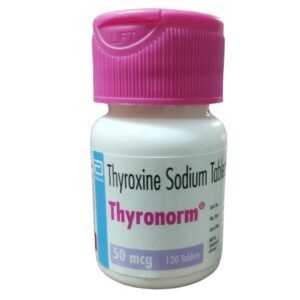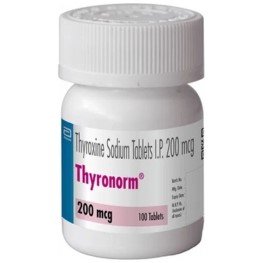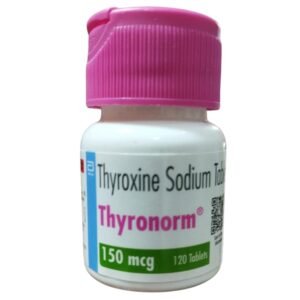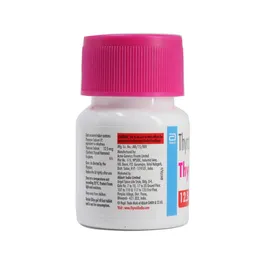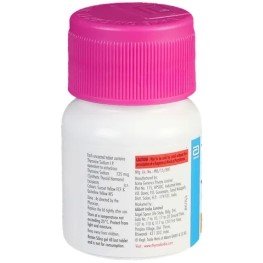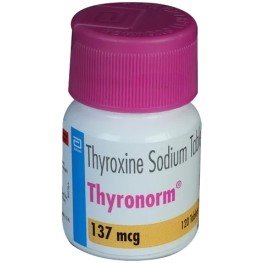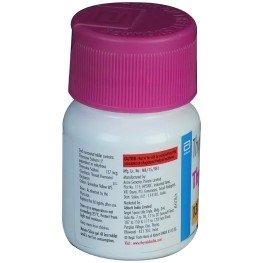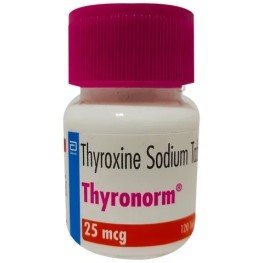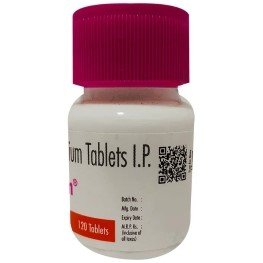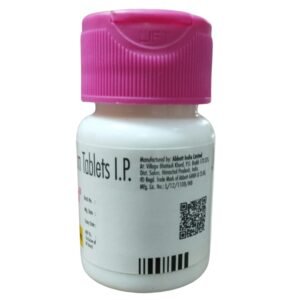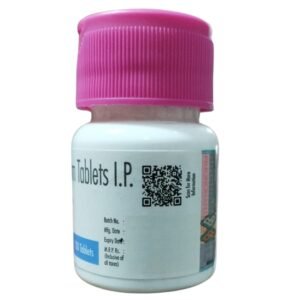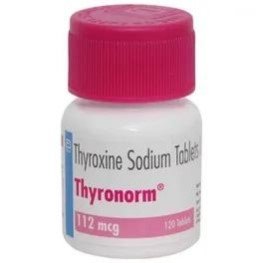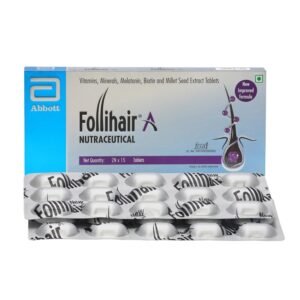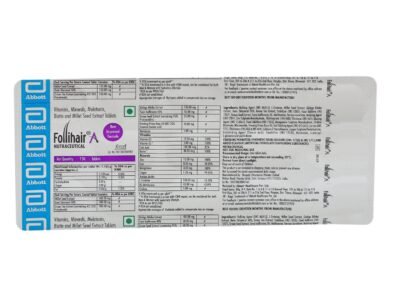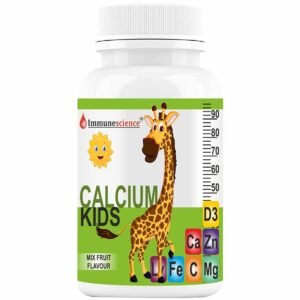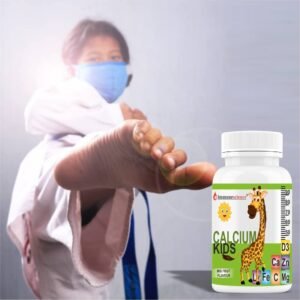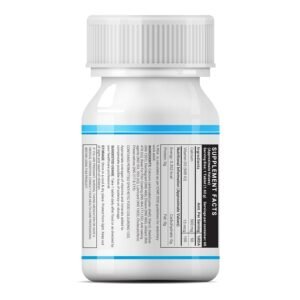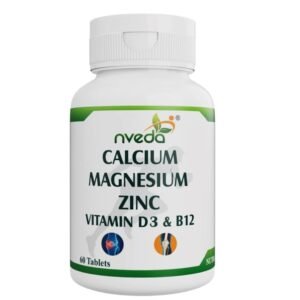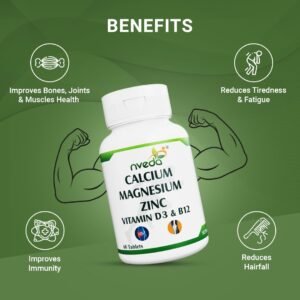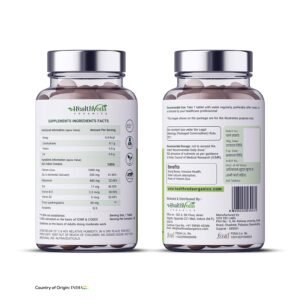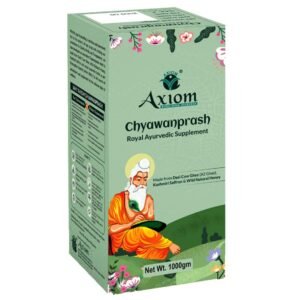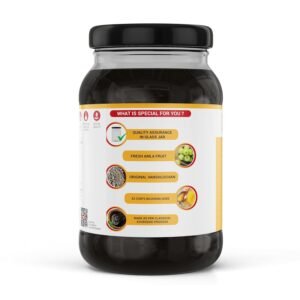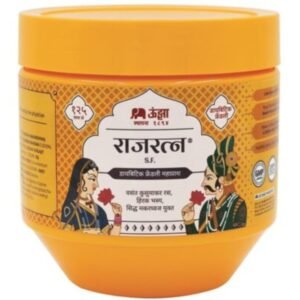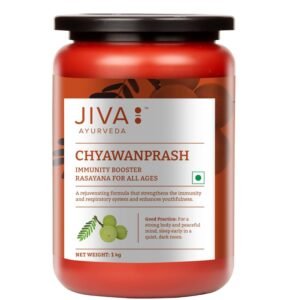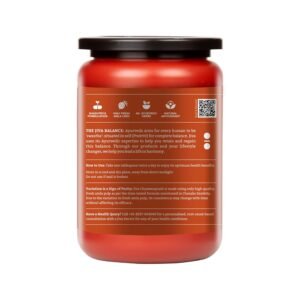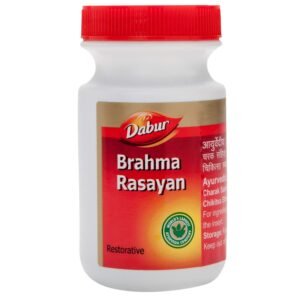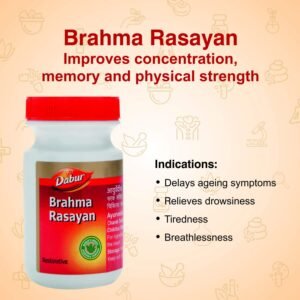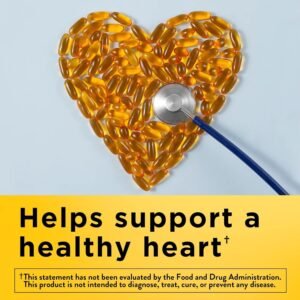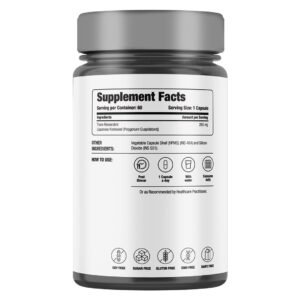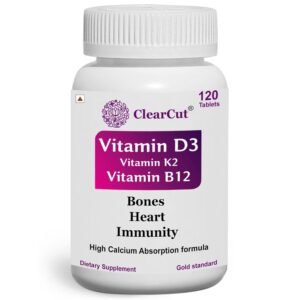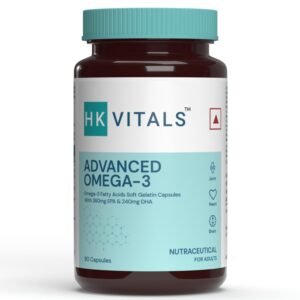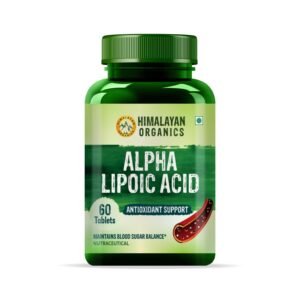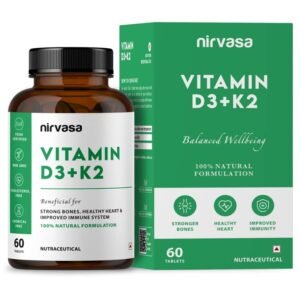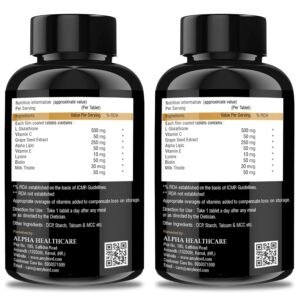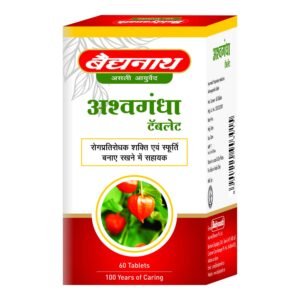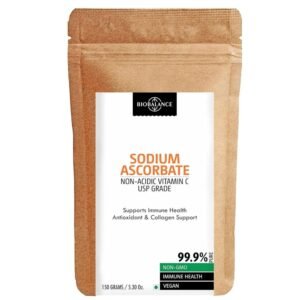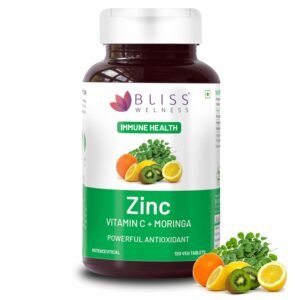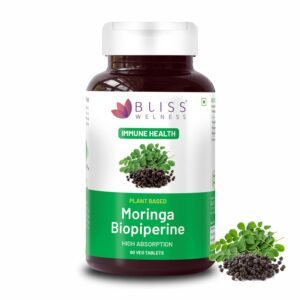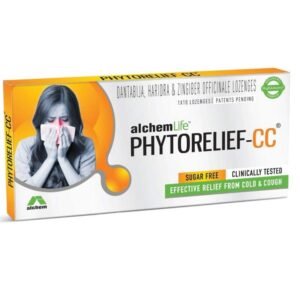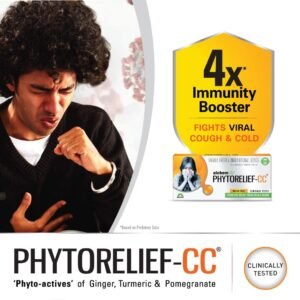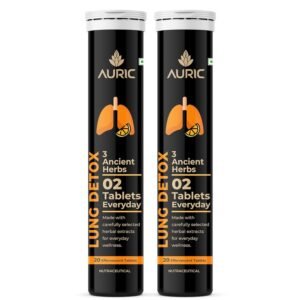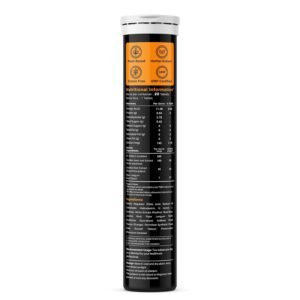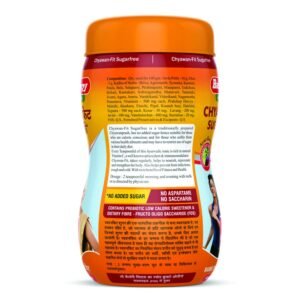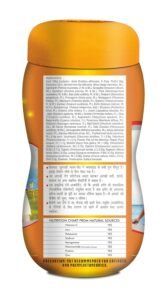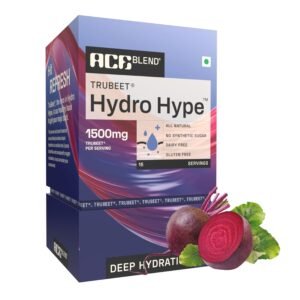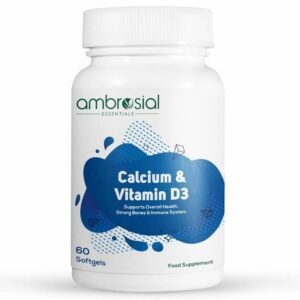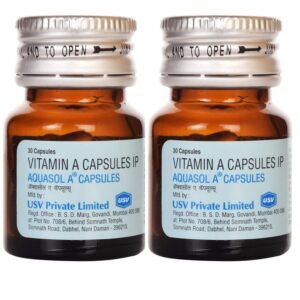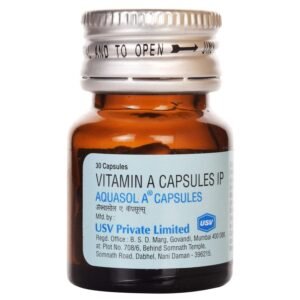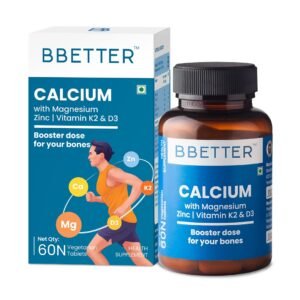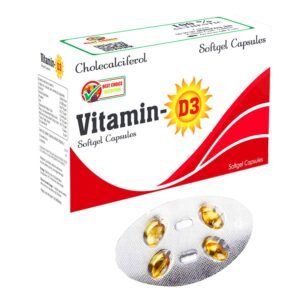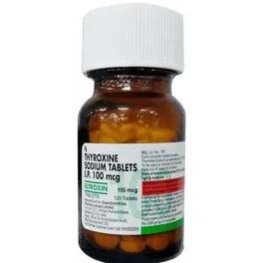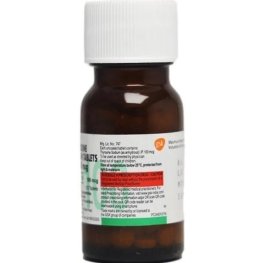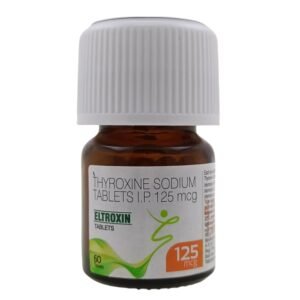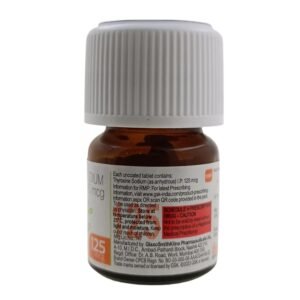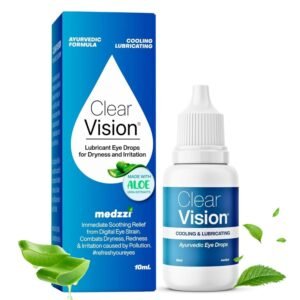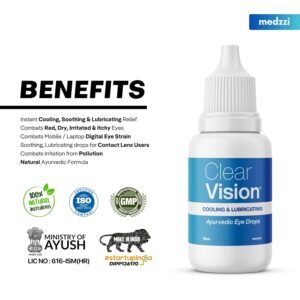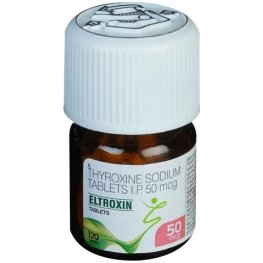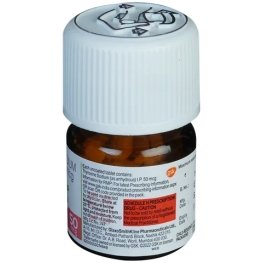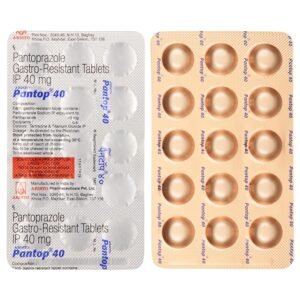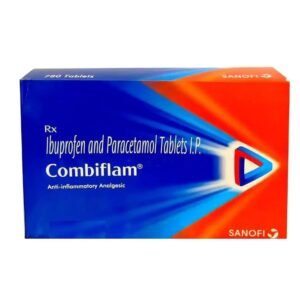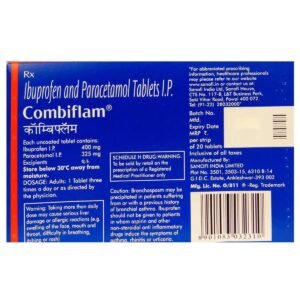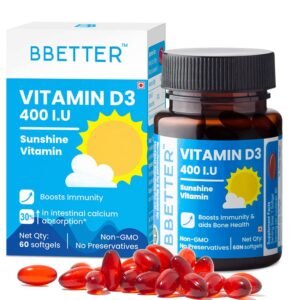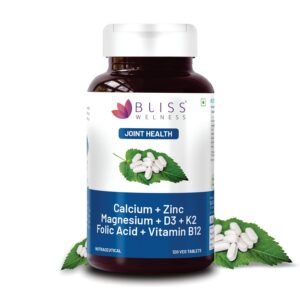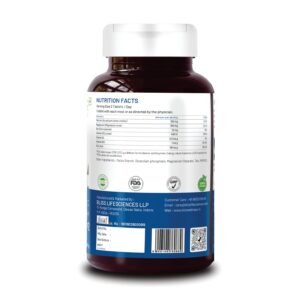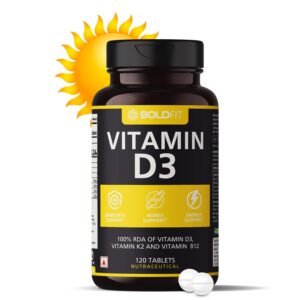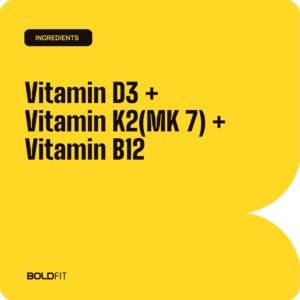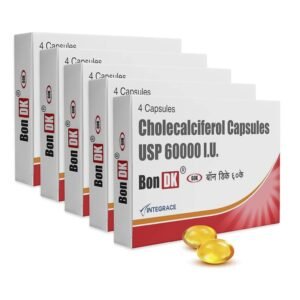









LOWEST PRICES GUARANTEED

FREE SHIPPING WORLDWIDE

100% GENUINE PRODUCTS

100% SECURE PAYMENT

7 DAYS EASY RETURNS & REFUNDS
SHOP BY HEALTH CONDITION

Respiratory Care

Thyroid Care

Eye Care

Skin Care

Kidney Care

Liver Care

Stomach Care

Heart Care

Bone, Joint & Muscle Care
FEATURED BRANDS







BEST SELLERS OF THE WEEK
Follihair New by Abbott | Hair Nourishment & …
AYURVEDA TOP BRANDS

Baidyanath

Himalaya

Dabur

Zandhu

Patanjali



BREAKFAST CEREALS
Bagrry’s Crunchy Muesli With 30% Fruit &…
Bagrry’s No Added Sugar Muesli Fruits, Nuts …
TRENDING NOW
Briyosis Orthomax: Vitamin D3 & K2-M7 + Calci…
Immunescience Calcium Tablets for Kids: Multivitam…
TrueBasics Vitamin D3 2000 IU Promotes Healthy Bon…
INLIFE Calcium 500 mg Vitamin D3 400 IU Supplement…
Nveda Calcium Supplement 1,000 mg with Vitamin D, …
The Vitamin Factory Calcium Supplement: Complete B…
Revital H for Women Multivitamins, Calcium, Zinc, …
HEALTH VEDA ORGANICS PRIVATE LIMITED Calcium, Magn…
Calcium Lactate Powder, 450gm, Pack of 1…

CHYAWANPRASH
Axiom Royal Ayurvedic Chyawanprash – 1Kg | E…
KRISHNA’S HERBAL & AYURVEDA, Chyawanpra…
Dabur Chyawanprash – 950g | 3X Immunity Acti…
Baidyanath Kesari Kalp Royal Chyawanprash – …
Dabur Ratnaprash Chyawanprash – 450 Gm, For …
Dabur Chyawanprakash Sugarfree – 900g | Clin…
Dr. Vaidya’s MyPrash Chyawanprash for Daily …
Rajratna S.F chyawanprash Low Sugar – 700 g,…
Baidyanath Chyawanprash Special, 1kg + 100g Free |…
Jiva Chyawanprash | Goodness of Ayurveda | 100% Pu…
Dabur Brahm Rasayan 250g | Improves concentration,…
POPULAR COMBO DEALS
Nature Made Fish Oil Omega-3, 1200mg, Pack of 100 …
Awiclo Plant-Based Organic Vitamin D3 + K2 Capsule…
Boldfit Omega 3 Fish Oil 1000mg supplements, Suppo…
ClearCut Vitamin D3, K2, B12, and Calcium Tablets:…
Carbamide Forte Triple Strength Omega 3 Fish Oil C…
HealthKart HK Vitals Advanced Omega 3, 1000 mg Ome…
Himalayan Organics Alpha Lipoic Acid 300mg | Boost…
Nirvasa Vitamin D3 + K2 Tablets: Strengthens Bones…


IN THE SPOTLIGHT
Alpha Vita C: 1000 mg Vitamin C with Pure Organic …
Alpspure Nutra Natural Vitamin C – 60 Vegeta…
Amyleord L-Glutathione Tablets 1000mg A Comprehens…
Assentia Vitamin C Chewable Tablets with Rose Hips…
Baidyanath Asli Ayurved Ashwagandha Tablet | Immun…
BBETTER Vitamin C and Zinc Tablets: Elevate Immuni…
Bigflex Vitamin-C 1000mg with Natural Amla Extract…
Bio Balance Sodium Ascorbate Vitamin C Powder 150g…
Bione Immunity Booster with Vitamin C, D3, and Zin…
Bliss Wellness Immunity Booster Skin Glow A Fusion…
Bliss Welness Moringa Biopiperine 1000 Mg Superfoo…
TOP DEALS OF PAIN RELIEF AND COUGH & COLD
Alchem Life PhytoRelief CC® | Natural Immunity Bo…
Assentia Vitamin C Chewable Tablets with Rose Hips…
Auric Lung Detox Supplement With Natural Blend of …
AVP Organic Chyawanprash | Sugarfree | 3X Immunity…
Axiom Royal Ayurvedic Chyawanprash – 1Kg | E…
Baidyanath Chawan-Fit Sugar free Chywanaprash | Im…
Baidyanath Chyawanprash Special, 1kg + 100g Free |…
Baidyanath Kesari Kalp Chyawanprash Enriched with …
Baidyanath Kesari Kalp Royal Chyawanprash – …
Baidyanath Sugarfree Chyawan-Vit 1Kg- Specially Fo…
BBETTER Vitamin C and Zinc Tablets: Elevate Immuni…
NEW ARRIVALS
Alchem Life PhytoRelief CC® | Natural Immunity Bo…
Assentia Vitamin C Chewable Tablets with Rose Hips…
Auric Lung Detox Supplement With Natural Blend of …
AVP Organic Chyawanprash | Sugarfree | 3X Immunity…
Axiom Royal Ayurvedic Chyawanprash – 1Kg | E…
Baidyanath Chawan-Fit Sugar free Chywanaprash | Im…
Baidyanath Chyawanprash Special, 1kg + 100g Free |…
Baidyanath Kesari Kalp Chyawanprash Enriched with …
Baidyanath Kesari Kalp Royal Chyawanprash – …
Baidyanath Sugarfree Chyawan-Vit 1Kg- Specially Fo…
BBETTER Vitamin C and Zinc Tablets: Elevate Immuni…
DEALS OF THE DAY
AITHEN shape it up Biotin Hair Gummies (30 Day Pac…
Alpha Vita C: 1000 mg Vitamin C with Pure Organic …
Alpspure Nutra Natural Vitamin C – 60 Vegeta…
Alpspure Nutra Sports Multivitamin (60 Tablets), S…
Amyleord L-Glutathione Tablets 1000mg A Comprehens…
Assentia Vitamin C Chewable Tablets with Rose Hips…
AVP Organic Chyawanprash | Sugarfree | 3X Immunity…
Awiclo Plant-Based Organic Vitamin D3 + K2 Capsule…
HEALTHCARE DEVICES - TOP BRANDS










MINIMUM 33% OFF
Alpha Vita C: 1000 mg Vitamin C with Pure Organic …
Assentia Vitamin C Chewable Tablets with Rose Hips…
Attar Ayurveda Babool Phali Powder for joint pain …
Awiclo Plant-Based Organic Vitamin D3 + K2 Capsule…
BBETTER Omega 3 Fish Oil Capsules For Heart, Joint…
Bione Immunity Booster with Vitamin C, D3, and Zin…
HOMEOPATHY WOMEN'S HEALTH
Briyosis Orthomax: Vitamin D3 & K2-M7 + Calci…
BALMS, GELS & SPRAYS
Awiclo Plant-Based Organic Vitamin D3 + K2 Capsule…
BBETTER Vitamin D3 Supplement: Supports Immunity, …
Bliss Wellness Calcium Complex: Joint Support, Bon…
Boldfit Multivitamin for Men & Women: Fortify…
Boldfit Vitamin D3 Tablets for Men & Women: E…
BON Dk Shot: Sugar-Free Vitamin D3 Oral Solution, …
British Biologicals – Sirus Vitamin D3: 60 G…
DIABETES CARE - SHOP BY BRANDS










Shop Top Health & Wellness Products Online on Medihealthway Your One-Stop Destination
Welcome to Medihealthway, the main foundation of health and wellness in the United States. Medihealthway is your one-stop destination for all your health and wellness needs, offering a wide and exclusive range of products in several different categories specially tailored to fulfill all your health needs. Starting from Vitamins & Nutrition to Diabetic Care, Personal Care to Ayurvedic Needs and many more all are under one roof with the authenticity of the product that is being offered by this website. Medihealthway.com is not just a shopping site, it is an international leading platform with reputable educational content in the sphere of wellness and nutrition, supported by a team of experts to guide your way in shopping products. Whether you are interested in maintaining good general health or else looking for something specific, your wellness needs have been taken care of with Medihealthway. So don't wait, start shopping through our selection today, and find the best products for all your health and wellness needs!
Medihealthway | Shop for Your Health & Wellness Essentials
Visit Medihealthway.com to find all your basic needs related to wellness and good health. We provide a large selection of health and wellness products to make you feel your best. It's simple and hassle-free to shop with us. Visit Medihealthway to start your journey toward better health now. View the list below to learn more about what we have to offer.
Shop by Brand: Pick from your favorite health brands at Medihealthway.com! We have all the big names you trust, plus some new ones to try. Whether you like famous brands or want to explore new ones, we've got you covered. Find everything you need from top-quality vitamins to special diabetic products, all in one spot. It's easy to find what works best for you at Medihealthway.
Vitamins and Nutrition: Feed your body with the nourishment it needs with our wide selection of vitamins and dietary supplements. We give everything you need to maintain a balanced diet and a healthy lifestyle, from necessary multivitamins to particular nutrients help to achieve your health goals. Explore our wide range of supplements that address dietary requirements and all age groups.
Diabetes Care: The right resources and supplies are needed to manage diabetes. Here at Medihealthway, we provide an extensive selection of goods designed specifically for people fighting with diabetes. We provide everything you need to efficiently manage your blood sugar levels and maintain your health, from blood glucose monitors to nutritional supplements that are suitable for diabetics.
Medical Equipment: Empower yourself with Medihealthway's most recent medical device selection. To assist you in keeping an eye on your health, our selection includes thermometers, pulse oximeters, blood pressure monitors, and more. You can easily monitor your health at your fingertips with these devices, which are ideal for use at home.
Personal Care: Dive into our personal care collection, where hygiene meets health. Our range includes products for skin care, hair care, oral care, and more. With Medihealthway, pamper yourself with high-quality personal care items that leave you feeling refreshed and recharged.
Health Conditions:We understand that navigating health conditions requires specialized products. That's why we've assembled a selection tailored for various health concerns, including heart care, stomach care, Bone, Joint & Muscle Care, and more. Find the right supplements and aids to help you manage and overcome your health challenges.
Ayurveda: Embrace the power of traditional medicine with our premium Ayurveda products from top brands. Whether you’re looking for stress relief, immune support, or detoxification, our Ayurvedic range covers it all. Experience the holistic benefits of Ayurveda with our carefully selected herbs and supplements.
Homeopathy: For those who prefer a natural approach to wellness, our homeopathy section offers gentle yet effective remedies for a wide array of health issues. From allergies to colds, digestive health to emotional well-being, discover how homeopathic solutions can complement your health regimen.
At Medihealthway, we're dedicated to bringing you the best in health and wellness products. Shop with us today and take the first step towards a healthier and happier life.
Reasons to Choose Medihealthway
At Medihealthway, we raise your online shopping experience for health and wellness products to extraordinary heights. We're not just another marketplace; we're your dedicated partner in achieving a healthier lifestyle. Here's why Medihealthway stands out:
1. Lowest Prices Guaranteed: Explore our wide selection of products with the assurance that you are always receiving the best price. We at Medihealthway guarantee that our costs cannot be beaten. We will match any lower price you find for the identical product anywhere. We believe that everyone should have access to high-quality health and wellness, and our prices reflect this dedication.
2. Free & Fast Shipping: Waiting is a thing of the past. We pride ourselves on our rapid and seamless shipping service. All orders reach your doorstep without any shipping fee, making it easier than ever to stock up on your health essentials without the extra cost. Quick, efficient, and free—shopping with Medihealthway means your wellness waits for no one.
3. 100% Genuine Products: Authenticity is at the heart of what we offer. Every product on Medihealthway is sourced directly from the brand or authorized distributors. This guarantees that what you receive is 100% genuine, every single time. We’re committed to quality and authenticity, so you can shop with confidence.
4. 100% Secure Payment: Your security is our top priority. Our platform uses the latest encryption technologies to ensure your payment information is protected. Shop with peace of mind, knowing your transactions are safe and secure with Medihealthway.
5. 30-Days Easy Returns: Your satisfaction is a supreme priority for us. If you're not completely happy with your purchase, our easy 30-days return policy is here to ensure a hassle-free shopping experience. We strive for your satisfaction, making returns and refunds as simple as possible.
Choosing Medihealthway means choosing a worry-free shopping experience, where quality, affordability, and customer satisfaction go hand in hand. Join us on your journey to better health and wellness, backed by our unwavering support and commitment to your well-being.
Top Brands on Medihealthway
Baidyanath | BBetter | Bliss Welness | Boldfit | Briyo | Carbamide Forte| Centrum| Cipla | ClearCut | Dabur | DecodeAge | GNC | Evion | Gynoveda |Eltroxin | HealthVeda Organics | Healthkart| HealthVit | HealthyHey | Herbalife Nutrition | Himalayan Organics | Immunescience | Inlife | Minimalist | MuscleBlaze | Natures Velvet | Naturyz | Nutrazee | Nutrisrot | Nveda | Oziva | Others | Patanjali | Pure Nutrition | Revital H | Supradyn | Swisslife | Swisse | Thyronorm | TrueBasics | Unived | Vedikroots | Vicks | Wellbeing Nutrition | Zandu | Zeelab | Zeroharm | Zingavita |
Top Categories on Medihealthway
Thyroid Care | Calcium Supplements | Multivitamin Supplements | Vitamin C Supplements | Whey Protein | Fat Burners | Pre and Probiotics | Biotin | Weight Management | Daily Wellness | Immunity Boosters | Hair,Skin & Nails | Bone & Joint | Kid's Health | Men's Health | Women's Health | Sugar Free Medicines | Diabetic Medicines | Bone & Joint Health
Frequently Asked Questions
Q: What is Medihealthway?
Ans: Medihealthway is a comprehensive online platform that provides valuable resources, information, and services related to health and wellness. Our platform covers a wide ravariousincluding medical conditions, treatments, nutrition, fitness, mental health, and more.
Q: How can I benefit from using Medihealthway?
Ans: By using Medihealthway, you can gain access to a wealth of reliable information and resources to help you make informed decisions about your health and wellness journey. Whether you're looking for tips on managing a specific medical condition, exploring new wellness practices, or seeking guidance on healthy living, our platform is designed to support your needs.
Q: Are the resources on Medihealthway trustworthy?
Ans: Yes. At Medihealthway, we prioritize accuracy, credibility, and relevance in our content. Our team consists of qualified healthcare professionals, nutritionists, fitness experts, and wellness enthusiasts who ensure that the information we offer is reliable and up-to-date.
Q: Is using Medihealthway free?
Ans:Yes, accessing the resources and information on Medihealthway is completely free of charge. We believe that everyone should have access to valuable health and wellness resources without any barriers. However, please note that certain premium services or products may incur charges.
Q: Can I ask questions or seek personalized advice on Medihealthway?
Ans: Certainly! We encourage our users to engage with us and ask questions. While we cannot provide personalized medical advice, our team is here to offer general guidance, support, and information to help you on your health and wellness journey. Feel free to reach out to us through our contact form or on email support.
Q: How frequently is the content on Medihealthway updated?
Ans: We strive to keep our content fresh, relevant, and up-to-date to ensure that you receive the most current information available. Our team regularly reviews and updates existing content while also adding new articles, resources, and features to meet the evolving needs of our users.
Q: Can I contribute content to Medihealthway?
Ans: We appreciate your interest in contributing to Medihealthway. If you're a healthcare professional, wellness expert, or someone passionate about health-related topics, we welcome guest contributions. Please reach out to us through our contact form or email ID support to discuss potential collaboration opportunities.
Q: Is my privacy protected when using Medihealthway?
Ans: Yes, protecting your privacy and maintaining the confidentiality of your personal information is of utmost importance to us. We adhere to strict privacy policies and security measures to safeguard your data. You can review our Privacy Policy to learn more about how we collect, use, and protect your information.
Q: Can I share content from Medihealthway on social media?
Ans: Absolutely! We encourage you to share the valuable resources and information you find on Medihealthway with your friends, family, and followers on social media. Helping others access reliable health and wellness information is one of the best ways to contribute to the well-being of our community.
Q: How can I stay updated with the latest developments on Medihealthway?
Ans: To stay informed about the latest updates, articles, and features on Medihealthway, we recommend subscribing to our newsletter and following us on social media platforms. Additionally, you can bookmark our website and check back regularly for new content and announcements.













